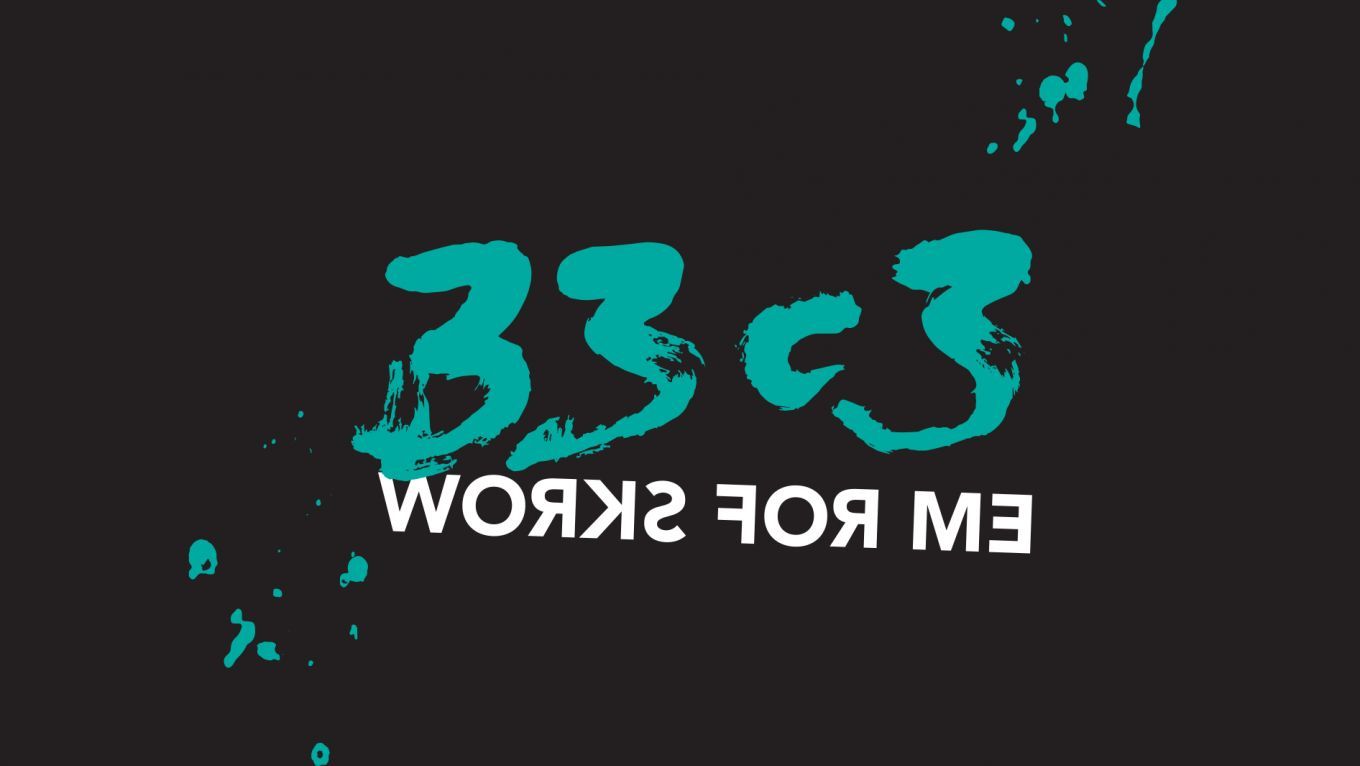Hardware & Making
Building Custom Pinball Machines
What you need and how it works. An experiences report
How to build a pinball machine? We introduce you to all basics and explain the different options for hardware and software. As an example, we show images of our own custom pinball machine.
This talk gives an overview over all the components in a pinball machine which includes software and a lot of hardware. Afterwards, we go over all the steps when designing and building a pinball machine. We start with basic design rules, physical limits and best practices. Then, we focus on the mechanical and electronic components. After that, we talk about software and display (DMD vs LCD) options. At the end, we explain how to build or manufacture certain parts for your machine.
For the hardware, we talk about:
- EM, WPC and modern machines
- Coils and Switches
- Sources for mechanical elements
- Gi/Lamps
- RGB LEDs
- Display option (DMDs, LED-DMDs, LCDs) and how to control them
Electronics:
- Open Pinball Project (Open Hardware)
- Multimorphic P-Roc and P3-Roc
- FAST Pinball Boards
- Full custom options
- Fadecandy/Openpixel
- I2C and ServoControllers
Software options:
- Mission Pinball Framework (Disclaimer: I'm one of the authors)
- pypinprocgame/pypinprocgameHD
Building/Manufacturing Parts:
- Playfields (including printing)
- Cabinet
- Metal ramps
- Wire ramps
- Plastic ramps
- Plastics/Decals
- Inserts
- Mechanics
Additional information
| Type | lecture |
|---|---|
| Language | English |
More sessions
| 12/27/16 |
<a href="https://outernet.is">Outernet</a> is a company whose goal is to ease worldwide access to internet contents by broadcasting files through geostationary satellites. Most of the software used for Outernet is open source, but the key parts of their receiver are closed source and the protocols and specifications of the signal used are secret. I have been able to <a href="http://destevez.net/tag/outernet/">reverse engineer</a> most of the protocols, and a functional <a ...
|
| 12/27/16 |
Software Defined Radios (SDRs) became a mainstream tool for wireless engineers and security researches and there are plenty of them available on the market. Most if not all SDRs in the affordable price range are using USB2/USB3 as a transport, because of implementation simplicity. While being so popular, USB has limited bandwidth, high latency and is not really suitable for embedded applications. PCIe/miniPCIe is the only widespread bus which is embedded friendly, low latency and high bandwidth ...
|
| 12/27/16 |
The NibbleTronic is a MIDI wind controller that features a novel user interface resulting in a unique tonal range. The standard configuration allows to precisely play a bit more than four full octaves including semitones with only one hand.
|
| 12/27/16 |
Mit steigendem Datenaufkommen und einer immer größer werdenden Zahl von Geräten muss auch das WLAN wachsen. Nach "ur WiFi sucks!!1!" ist dieser Talk eine kleine Einführung in die Neuerungen, welche mit dem 802.11ac-Standard gekommen sind und gibt eine Erklärung, wie sie funktionieren.
|
| 12/27/16 |
"Smart" devices using BTLE, a mobile phone and the Internet are becoming more and more popular. We will be using mechanical and electronic hardware attacks, TLS MitM, BTLE sniffing and App decompilation to show why those devices and their manufacturers aren't always that smart after all. And that even AES128 on top of the BTLE layer doesn't have to mean "unbreakable". Our main target will be electronic locks, but the methods shown apply to many other smart devices as well...
|
| 12/28/16 |
How to get USB running on an ARM microcontroller that has no built in USB hardware. We'll cover electrical requirements, pin assignments, and microcontroller considerations, then move all the way up the stack to creating a bidirectional USB HID communications layer entirely in software.
|
| 12/28/16 |
Yosys is a free and open source Verilog synthesis tool and more. It gained prominence last year because of its role as synthesis tool in the Project IceStorm FOSS Verilog-to-bitstream flow for iCE40 FPGAs. This presentation however dives into the Yosys-SMTBMC formal verification flow that can be used for verifying formal properties using bounded model checks and/or temporal induction.
|

